Major Arcana
The Major Arcana is a set of 22 cards in the Tarot deck that represent the spiritual journey of life. These cards are often seen as the most important cards in the deck, as they represent the major events and lessons that we experience in life. The Major Arcana is also known as the “Fool’s Journey”, as it follows the journey of a Fool who is learning and growing through life’s experiences.
0. The Fool
The Fool is a tarot card that symbolizes a new beginning, an adventure and unknown potential. It also represents a person who is willing to take risks and trust their intuition. It is a card that advocates for change, growth and new opportunities.
Read more: The Fool
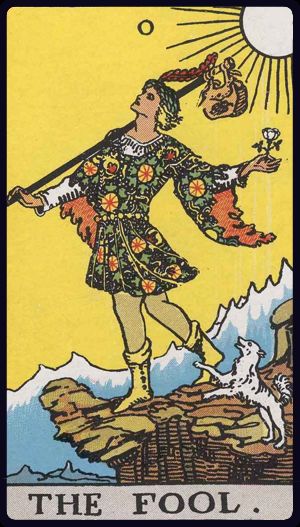
1. The Magician
The Magician tarot card symbolizes the ability to transform and create something new. It stands for creativity, intuition and power. It also represents a person who has the ability to handle different elements to create something new. The card stands for the rebirth of ideas, solutions and changes.
Read more: The Magician
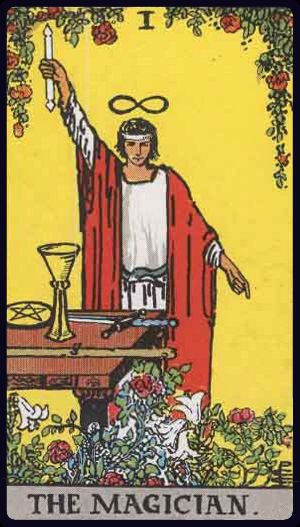
2. The High Priestess
The High Priestess tarot card symbolizes intuition, mystery and spirituality. It also represents the ability to seek out deeper meaning and knowledge. It symbolizes knowledge, secrets and the possibility of finding answers within oneself. It is a sign to trust one's intuition and follow it to find the right path.
Read more: The High Priestess
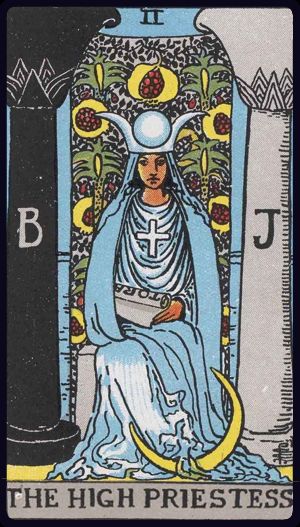
3. The Empress
The Tarot card The Empress symbolizes creation, possibilities, and refinement. It also represents female strength and courage, parenting and creativity. It stands for an abundance of energy, kindness and goodwill. It also strengthens the ability to create new situations and to fulfill dreams.
Read more: The Empress
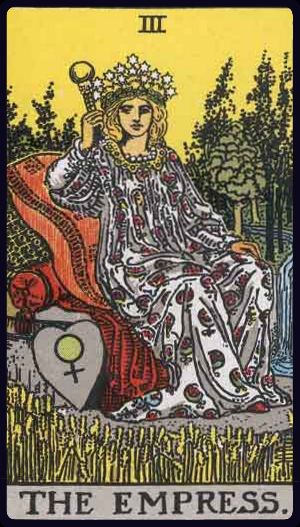
4. The Emperor
The Emperor is a tarot card that symbolizes authority and leadership. It stands for control, structure, and regulation. It also represents a fatherly figure who has the necessary experience and knowledge to lead others. It can also mean that one should be responsible, enterprising, and have a will to take control of their actions.
Read more: The Emperor
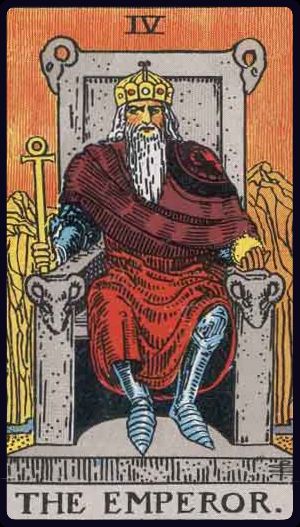
5. The Hierophant
The Hierophant tarot card symbolizes traditional teaching and religious instruction. It also represents a mentor who helps guide us to a better life. It can also represent a role model that we can look up to and learn from. The card stands for the transfer of knowledge, guidance, power, and authority.
Read more: The Hierophant
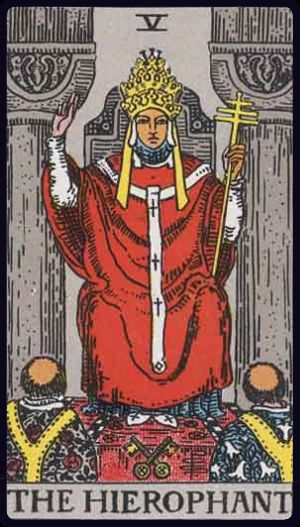
6. The Lovers
The Tarot card The Lovers symbolizes love, determination, and choice. It represents a powerful moment of infatuation and emotional closeness between two people who are facing an important decision. It reminds us that we all have the power to choose our own happiness.
Read more: The Lovers
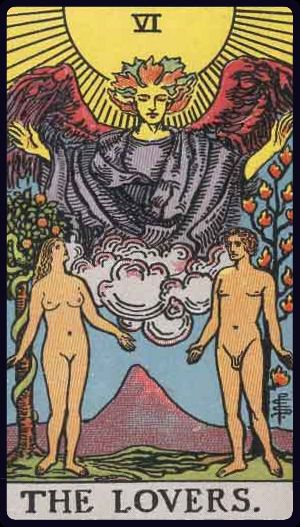
7. The Chariot
The Chariot tarot card symbolizes a journey or a quest that is facing a person. It stands for power, victory and success that can be achieved by balancing opposing forces and finding a way to unite them to create unity. It also represents the will to take control of one's own life and to realize one's dreams.
Read more: The Chariot
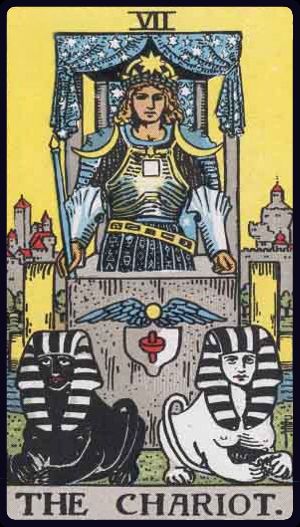
8. Strength
Strength is a tarot card that symbolizes self-control, strength and courage. It also represents the ability to overcome obstacles and to handle adversity. It is a sign that the person has the necessary strength and power to achieve their goals.
Read more: Strength
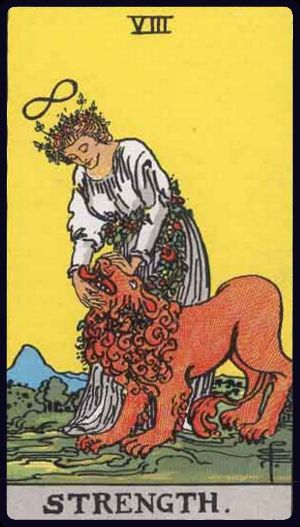
9. The Hermit
The Hermit tarot card symbolizes a person seeking self-reflection, after going within and searching for the answers that lie within. It stands for solitude and inner journey, and represents a person who is about to step out of their comfort zone and bravely take a step into unknown territory.
Read more: The Hermit
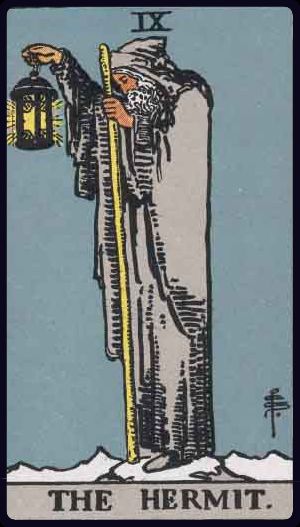
10. Wheel of Fortune
The Tarot card Wheel of Fortune often symbolizes a fate that follows a cycle of fortune and chance. It typically depicts a wheel-shaped circle with a number of symbols representing different aspects of life. The card can represent the constant change that occurs in life, that everything is ephemeral and that nothing is permanent. Wheel of Fortune can also symbolize the power to create one's own luck and to take responsibility for one's actions.
Read more: Wheel of Fortune
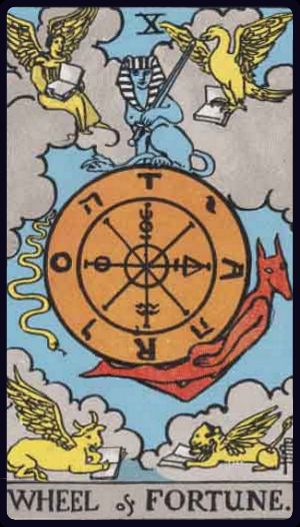
11. Justice
The Tarot card Justice symbolizes justice, balance and order. It represents the distribution of justice and the consequences of our actions. It can also symbolize that one must take responsibility for one's own life and stand by their actions and face the consequences.
Read more: Justice
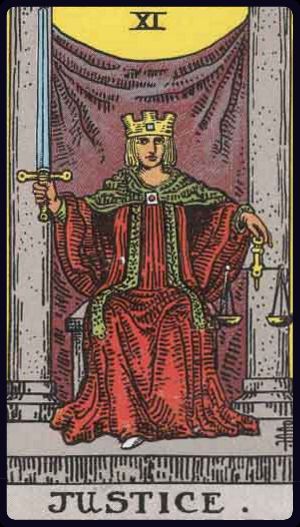
12. The Hanged Man
The Hanged Man tarot card symbolizes a moment of stillness and surrender. It depicts a person hanging upside down from a tree branch, indicating that one must let go of control and allow things to happen. It can also mean that one must take a step back and look at the situation from a different perspective.
Read more: The Hanged Man
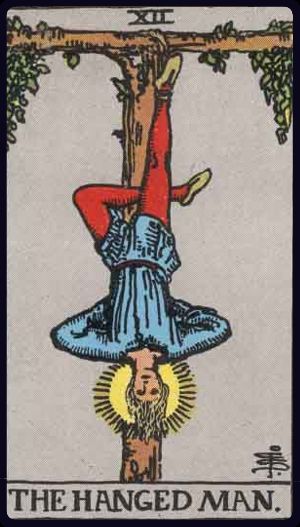
13. Death
The Tarot card Death symbolizes a change or a new beginning. It stands for transformation and renewal, and is a sign that it is time to let go of the old and welcome the new. It can also mean that it is time to leave old habits and patterns behind and create new ones.
Read more: Death
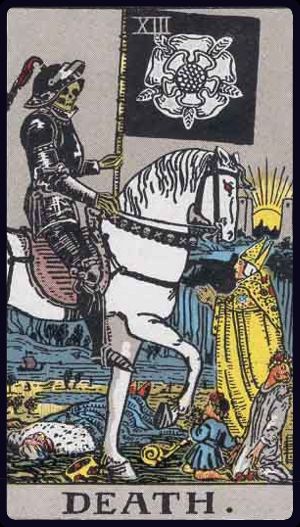
14. Temperance
The Tarot card Temperance symbolizes balance and harmony. It depicts an angel holding two vessels, one vessel of water and one vessel of wine, and mixing the two to create a perfect balance between the two. The card also symbolizes that one must find a good balance between different aspects of their life in order to achieve happiness and satisfaction.
Read more: Temperance
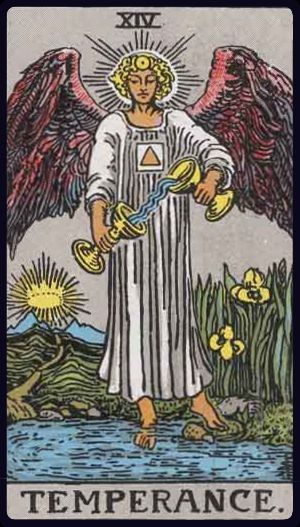
15. The Devil
The Devil tarot card symbolizes feelings of being trapped in a destructive pattern or situation. The card also symbolizes a call to take responsibility for one's actions and overcome limiting behaviors. It can also indicate that one should avoid allowing oneself to get caught in traps created by others.
Read more: The Devil
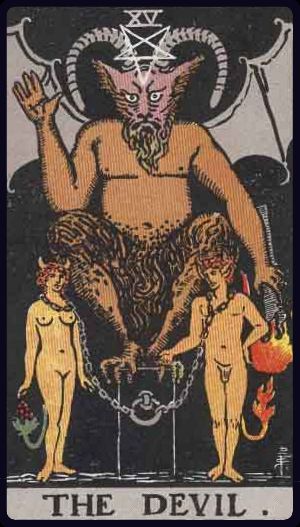
16. The Tower
The Tarot card The Tower often symbolizes a feeling of chaos and change which can be very frightening. It is a sign that there are big changes coming that will shake up our lives and make us look at things from a different perspective. It can also be a sign that we must leave behind what is familiar and comfortable to make room for new possibilities.
Read more: The Tower
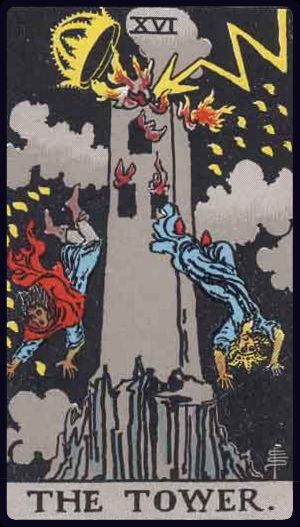
17. The Star
The Tarot card The Star symbolizes hope, optimism and renewal. It represents comfort and support after a difficult period, and encourages us to follow our dreams and never give up. It is a sign that we are protected on our journey and that we can trust that the way forward is bright.
Read more: The Star
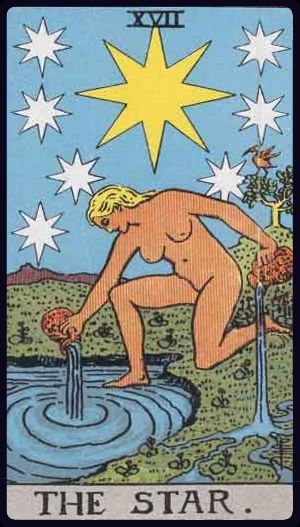
18. The Moon
The Moon tarot card symbolizes mystery, intuition, and dreams. It depicts a moon illuminating a forest-like landscape, with two dogs standing along the path and a turtle shell floating in the water. It represents uncertainty and that we may not always be able to see the whole picture. It can also warn of dangers that may be lurking in the darkness. It can mean it is time to listen to your intuition and follow your dreams.
Read more: The Moon
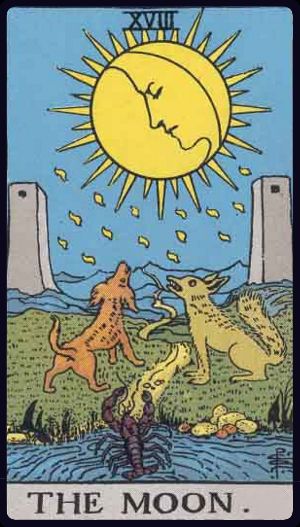
19. The Sun
The Tarot card The Sun symbolizes the light, joy, and hope. It represents love, harmony, and success. It stands for enlightenment and positive energy and means that there is a light at the end of the tunnel. It can also mean that you have reached a stage of personal growth where you are ready to take new steps.
Read more: The Sun
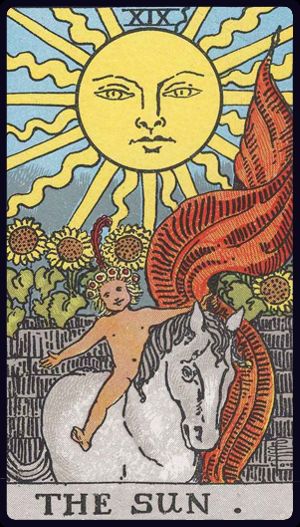
20. Judgment
The Tarot card of Judgment symbolizes a moment of awakening and renewal. It represents a moment of insight and understanding that leads to new levels of liberation and transformation. It is a sign that it is time to let go of the past and take the steps needed to move forward towards a new beginning.
Read more: Judgment
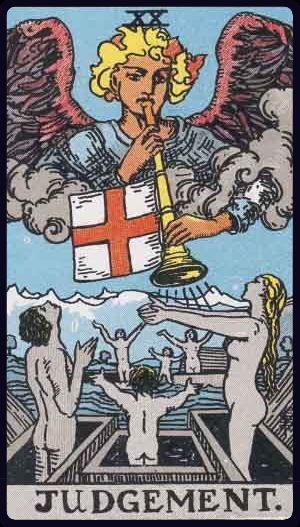
21. The World
The Tarot card The World symbolizes the end of a cycle and is a sign of perfection, balance and realization. It represents feelings of joy, fulfillment and an emotional goal that has been achieved. It also symbolizes a new beginning and is a sign that one has overcome all obstacles and is ready to start anew.
Read more: The World
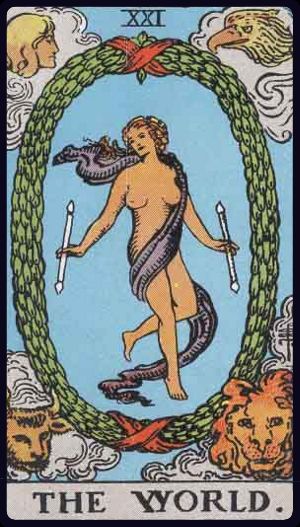
The history of the Major Arcana
The Major Arcana is a significant part of the tarot deck, consisting of 22 cards that represent deep spiritual and psychological archetypes. These cards have been used for centuries for divination, self-reflection, and spiritual guidance. In this article, we will explore the origins and history of the Major Arcana, including who created it and when it was first used.
Origins of the Tarot
The origins of the tarot are shrouded in mystery and speculation. Some historians believe that tarot cards have roots in ancient Egypt, while others trace their origins to medieval Europe. The earliest known tarot decks date back to the 15th century in northern Italy. These decks were used for playing a card game called Tarocchi, which eventually spread to other parts of Europe.
The Visconti-Sforza Deck
The Visconti-Sforza deck is one of the oldest and most famous tarot decks, created in the mid-15th century for the noble families of Milan, Italy. This deck is significant as it is one of the earliest known decks to feature the Major Arcana. The 22 cards in the Major Arcana of the Visconti-Sforza deck closely resemble the Major Arcana found in modern tarot decks.
Creation of the Major Arcana
While the exact origins of the Major Arcana remain uncertain, it is widely believed that the cards were designed to represent deep spiritual and psychological archetypes. These archetypes are universal themes and concepts that can be found in various mythologies, religions, and philosophies throughout history.
The Role of the Kabbalah
The Kabbalah, a mystical interpretation of Jewish scriptures, played a significant role in the development of the Major Arcana. The Kabbalah includes a diagram called the Tree of Life, which consists of 10 spheres (Sefirot) and 22 paths connecting these spheres. The structure of the Major Arcana, with its 22 cards, is believed to have been influenced by the Kabbalah and the Tree of Life.
The Golden Dawn and A.E. Waite
The Hermetic Order of the Golden Dawn, a secret society active in the late 19th and early 20th centuries, had a significant impact on the modern interpretation of the tarot and the Major Arcana. Members of the Golden Dawn, such as Arthur Edward Waite, were instrumental in creating the Rider-Waite-Smith tarot deck, which remains one of the most popular and influential tarot decks today.
The Rider-Waite-Smith deck, published in 1909, brought new symbolism and imagery to the Major Arcana, making it more accessible and meaningful for modern audiences. Waite’s accompanying guidebook, ”The Pictorial Key to the Tarot,” provided detailed interpretations and insights into the Major Arcana cards, further solidifying their significance in tarot readings.
Using the Major Arcana in Readings and Divination
The Major Arcana plays a crucial role in tarot readings and divination, as it represents significant life events, spiritual lessons, and psychological archetypes. In this article, we will explore various examples of how the Major Arcana can be used in readings to provide guidance and insight into the querent’s life.
Single Card Readings
One of the simplest ways to use the Major Arcana in readings is through single card draws. In this approach, the querent asks a question or focuses on a particular issue, and then draws one card from the Major Arcana. This card serves as a focal point for meditation and reflection on the querent’s situation.
Example: The Fool
A querent draws The Fool card in a single card reading. This card symbolizes new beginnings, spontaneity, and taking risks. The message for the querent might be to embrace new opportunities and trust their instincts, even if the path forward seems uncertain.
Three Card Spreads
Three card spreads are another popular way to use the Major Arcana in readings. In this type of spread, the querent draws three cards, each representing a different aspect of their situation, such as past, present, and future or mind, body, and spirit.
Example: The Magician, The High Priestess, and The Hierophant
In a three card spread, the querent draws The Magician, The High Priestess, and The Hierophant. The Magician represents the querent’s ability to manifest their desires through skill and willpower, while The High Priestess signifies intuition and hidden knowledge. The Hierophant represents spiritual guidance and traditional values. This spread could suggest that the querent needs to balance their personal power and intuition with guidance from a trusted mentor or spiritual leader.
The Celtic Cross Spread
The Celtic Cross is a more complex spread that involves ten cards, providing a comprehensive overview of the querent’s situation. In this spread, the Major Arcana cards can offer crucial insights into the querent’s challenges, opportunities, and spiritual growth.
Example: The Wheel of Fortune and The Tower
In a Celtic Cross spread, the querent has The Wheel of Fortune in the position representing their present circumstances and The Tower in the position representing their future. The Wheel of Fortune indicates that the querent is currently experiencing a period of change and uncertainty. The Tower suggests that this change may lead to a sudden upheaval or revelation in the future, requiring the querent to confront their fears and rebuild their foundations.

